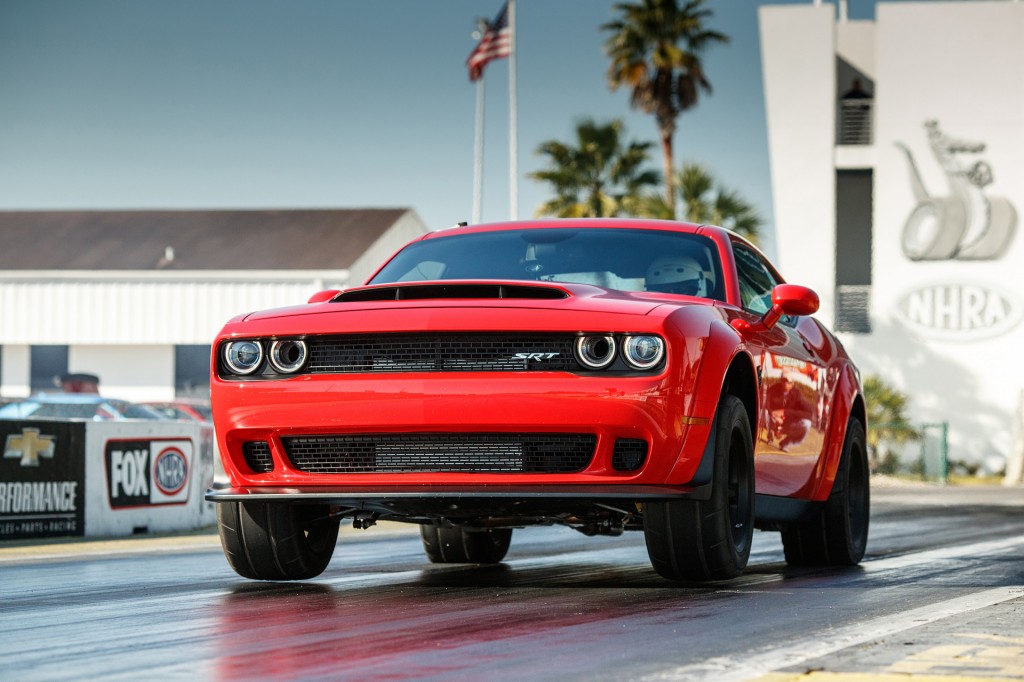We now live in a world where you can buy direct off the showroom floor cars that will run the quarter-mile in the nines.
Not too long ago that was the domain of dedicated drag cars or highly modified vehicles, though now even family cars like the Tesla Model S Plaid and Lucid Air Dream Edition Performance can achieve the feat.
In light of this, as well as the improved safety of modern cars, the National Hot Rod Association is easing some of the restrictions placed on its Street Legal program, which hosts regular meets at NHRA member tracks where enthusiasts can take their daily drivers down the strip.
Vehicles now only need to be able to pass all state highway safety requirements for the state in which the vehicle is registered, and be fitted with all factory safety features. The vehicles can still be modified, but things like the factory ABS, airbag systems, vehicle frames (including floors and firewalls), and all other factory-installed safety items need to be stock and in working order. Tires can be modified but must be DOT-approved.

2018 Dodge Challenger SRT Demon
There are still some stipulations. Vehicles running in the nines can't be older than the 2014 model year, while vehicles running in the 10s can't be older than the 2008 model year. There are also separate and harsher stipulations for convertibles and targas.
Previously, vehicles running below the 10-second mark at 135 mph required additional safety gear like a roll cage, while the driver required an NHRA Competition License and also had to wear certain safety gear like a helmet and have a neck collar or HANS device. The issue first made headlines in 2017 with the arrival of the Dodge Challenger SRT Demon, which could race its way to a quarter-mile time of 9.65 seconds at 140 mph.
Beyond the cars already mentioned, the Ford Mustang Shelby GT500, C7 Chevrolet Corvette ZR-1, and several hypercars, including upcoming electric hypercars, will now be able to participate in the NHRA's Street Legal program as well.
“Each year, automotive manufacturers continue to push the limits of performance by building production vehicles that are quicker and faster than the previous year’s models,” Lonnie Grim, national tech director for NHRA, said in a statement. “We acknowledge that NHRA needs to keep pace with the current trends, which is why we’ve announced these rules adjustments.”
